Baeksasilgyegok Valley (백사실계곡)
7.0Km 2020-08-31
115, Buam-dong, Jongno-gu, Seoul
+82-2-2148-1114
Baeksasilgyegok Valley in Seoul is a well preserved cultural and natural site, being home to Baekseokdongcheon, Historic Site No. 462, as well as a habitat to diverse animals, including salamanders, frogs, minnows, and crayfish. The preservation value of this area is especially high as the valley is home to a large colony of salamanders, which are indicator species of the clean water and a protected wildlife species of Seoul.
The valley gets its name from the site of a villa of Yi Hangbok. The path along the area’s thick forest and natural valleys provides an excellent getaway. Since the area is a habitat to several protected species, visitors are asked to refrain from dipping their feet in the valley’s waters while exploring the scenery. The entrance to the valley is located past the Sanmotungi Café.
GAMMEEOK (감미옥)
7.0Km 2021-03-18
166-1, Jong-ro, Jongno-gu, Seoul
+82-2-2269-6933
A restaurant specializing in seolleongtang (ox bone soup) for over 30 years now. The best menu at this restaurant is ox bone soup. This is a Korean cuisine located in Jongno-gu, Seoul.
Beaker - Hannam Branch [Tax Refund Shop] (비이커 한남점)
7.0Km 2024-04-18
241, Itaewon-ro, Yongsan-gu, Seoul
-
Aritaum - Guro Yeonjigonji Branch [Tax Refund Shop] (아리따움 구로연지곤지)
7.0Km 2024-04-18
127, Gurodong-ro 26-gil, Guro-gu, Seoul
-
Hyundai Yacht Seoul Branch (현대요트 서울지점)
7.0Km 2024-01-04
350 Dongjak-daero, Seocho-gu, Seoul
Hyundai Yacht Seoul Branch is where visitors can enjoy water sports such as yachting, dinghy yachts (small sail yachts for one to three people without engines and cabins), and kayaking on the Hangang River. It is located in “The River” in Banpo Hangang Park. Luxury yachts, named Black Cat and Blue Jin, are popular with families, while those who enjoy thrilling activities prefer dinghy yachts and kayaks. Visitors can enjoy an incredible sunset on the water as the Hangang River and Seoul's cityscape create an amazing view.
Bada Sikdang (바다식당)
7.0Km 2021-05-25
18, Itaewon-ro, 49-gil, Yongsan-gu, Seoul
+82-2-795-1317
This is a restaurant that sells thick beef bone broth-based Budaejjigae (spicy sausage stew). This Korean dishes restaurant is located in Yongsan-gu, Seoul. The most famous menu is sausage stew.
The Hyooshik Simdo Hotel & Spa Sillim by Aank (더휴식 심도 호텔 앤 스파 신림역점)
7.0Km 2025-04-22
7 Nambusunhwan-ro 181-gil, Gwanak-gu, Seoul
The hotel offers a variety of rooms to choose from, including standard rooms, a music room, a wellness room equipped with a premium massage bed, a movie room, a PC room with computers, four types of spa rooms, and a bunker room that can accommodate up to four people.
Jongmyodaeje (Royal Ancestral Memorial Rite of Joseon) (종묘대제)
7.0Km 2022-10-05
157, Jong-ro, Jongno-gu, Seoul
• 1330 Travel Hotline: +82-2-1330 (Korean, English, Japanese, Chinese) • For more info: +82-2-3210-4806, +82-2-6011-1067
Jongmyodaeje, Korea’s Royal Ancestral Memorial Rite, is a traditional ritual that has been recognized with many important designations. It is a UNESCO Masterpiece of the Oral and Intangible Heritage of Humanity, Important Intangible Cultural Property No. 56 (Jongmyo Jerye), and Korea’s Important Intangible Cultural Property No. 1 (Jongmyo Jeryeak). The ritual is held yearly on the first Sunday of May. It begins with eogahaengnyeol, the fabulous royal parade dating from the Joseon dynasy, which is truly a sight to behold as it moves through the modern city.
Jongmyodaeje originated as a royal ancestral ritual to honor the past kings and queens of the Joseon dynasty. During the Joseon era, the ritual was held five times a year (spring, summer, autumn, winter, and December) until it was abolished by Japanese colonial rule. In 1969, Jongmyodaeje was reinstated and has been held in May every year since.
Jongmyo Shrine, the destination of the procession, was the setting of ceremonial rituals during the Joseon dynasty. Originally, Jongmyo only referred to Jeongjeon (Main Hall) where the memorial tablets of Joseon’s reigning kings and queens are enshrined. Today, however, Jongmyo also encompasses Yeongnyeongjeon (Hall of Eternal Peace) where the tablets of posthumous kings and queens are enshrined and Gongsindang (Hall of Meritorious Subjects) where the tablets of esteemed ministers of the state are kept.
Theory - Hannam Branch [Tax Refund Shop] (띠어리 한남점)
7.1Km 2024-04-18
251, Itaewon-ro, Yongsan-gu, Seoul
-
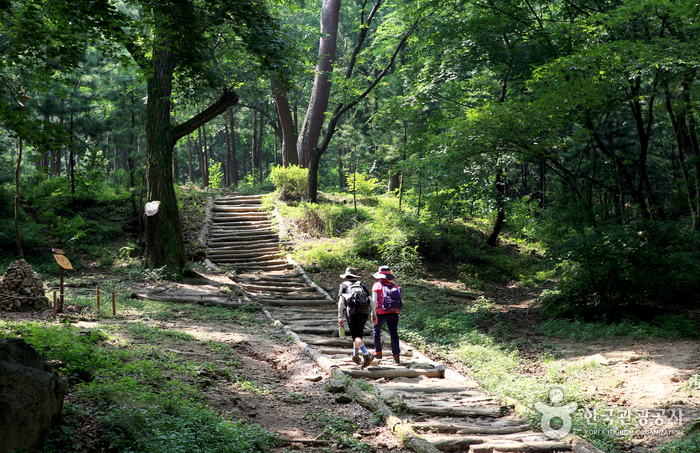
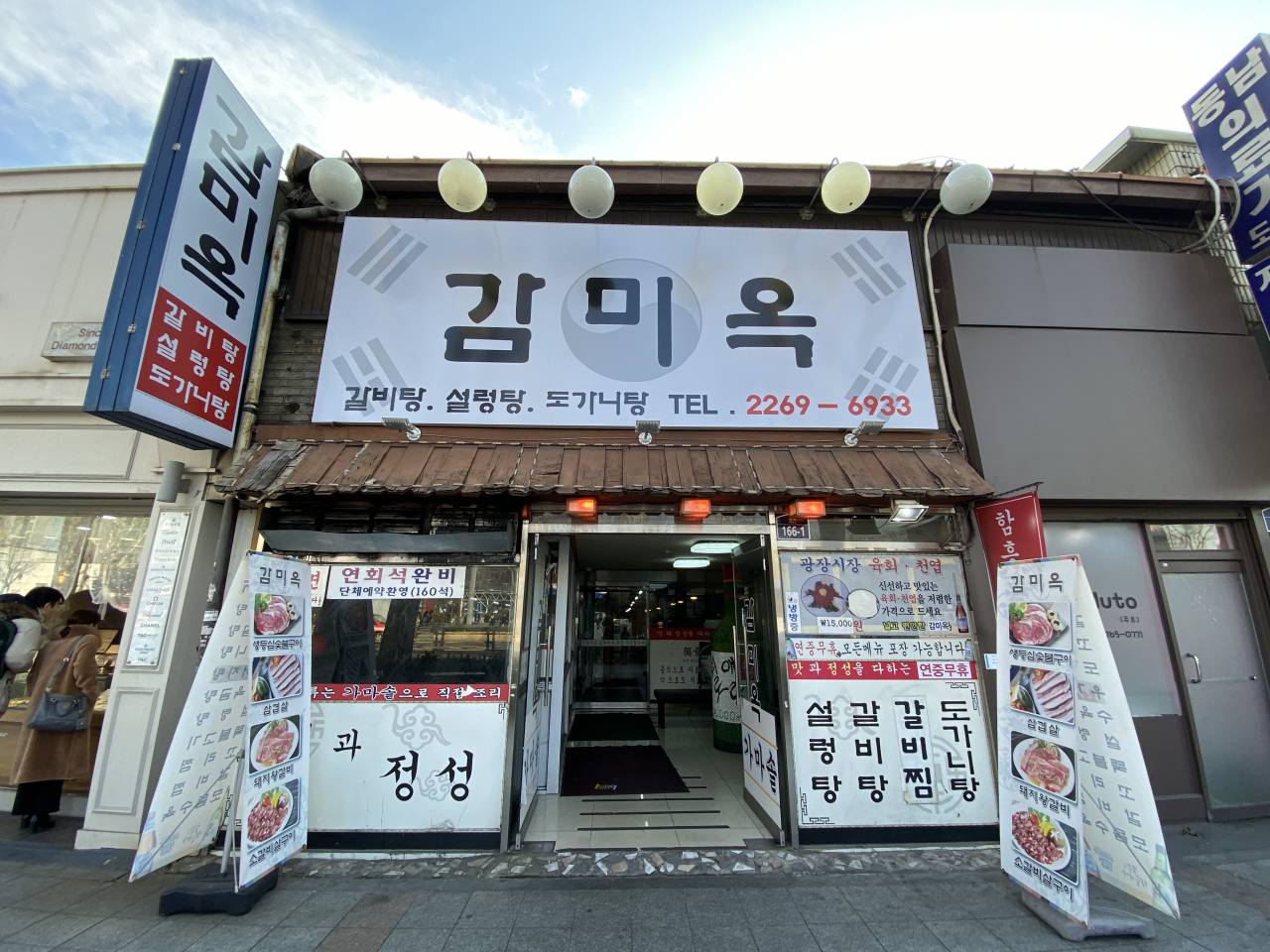
![Beaker - Hannam Branch [Tax Refund Shop] (비이커 한남점)](http://tong.visitkorea.or.kr/cms/resource/73/2890173_image2_1.jpg)
![Aritaum - Guro Yeonjigonji Branch [Tax Refund Shop] (아리따움 구로연지곤지)](http://tong.visitkorea.or.kr/cms/resource/24/2880224_image2_1.jpg)
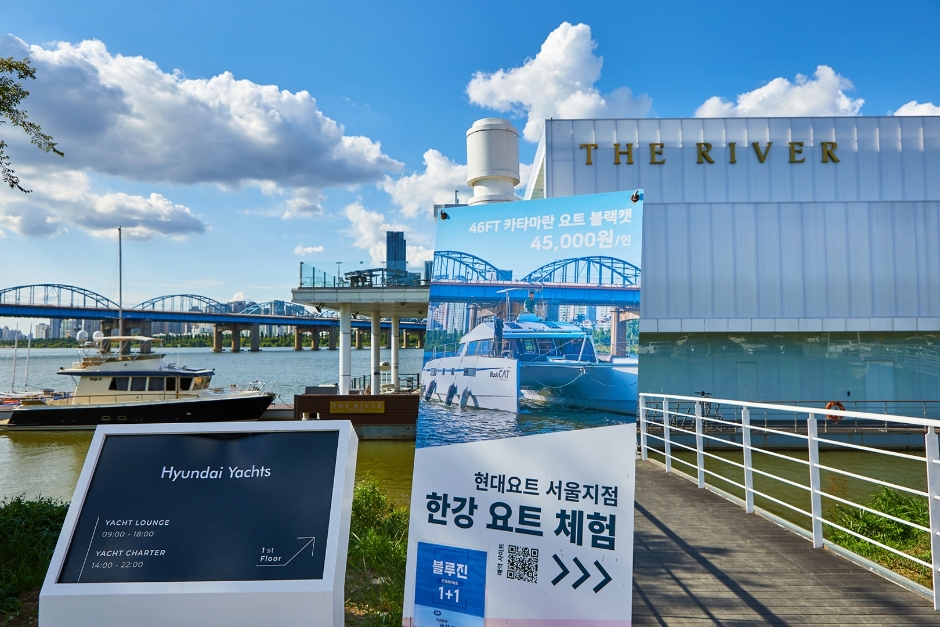
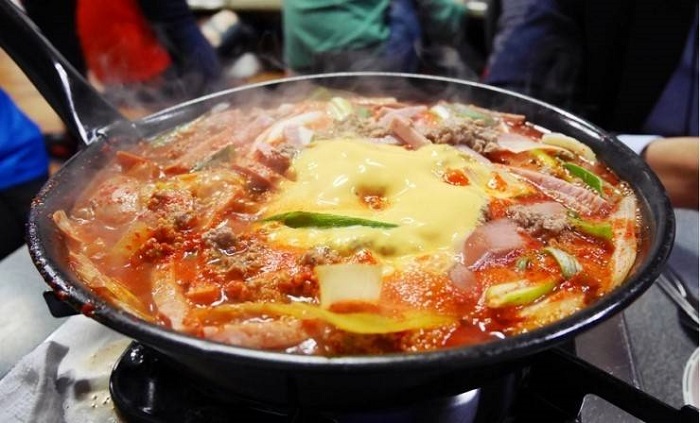
![On The Spot [Tax Refund Shop] (온더스팟)](http://tong.visitkorea.or.kr/cms/resource/13/2891113_image2_1.jpg)
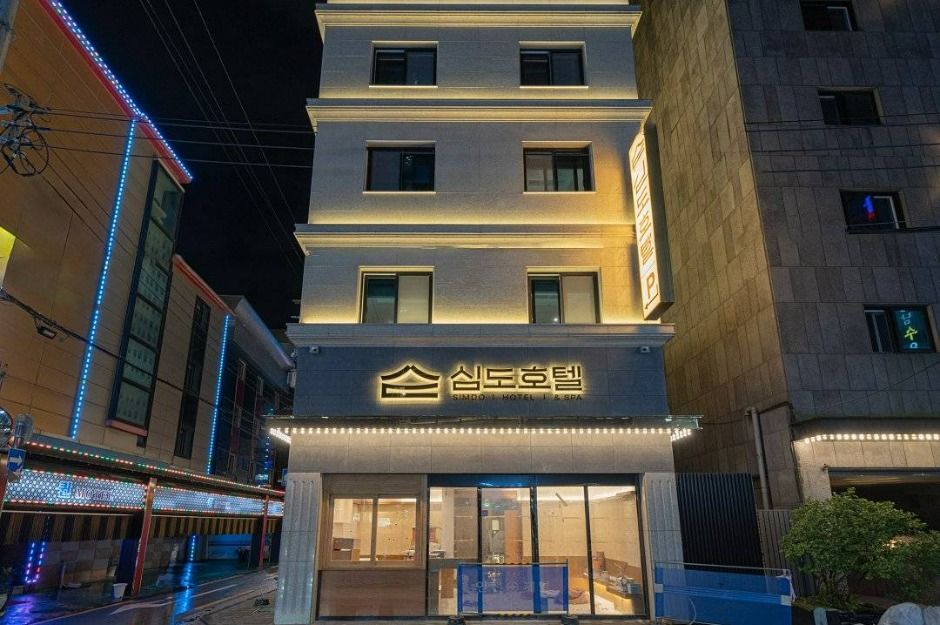
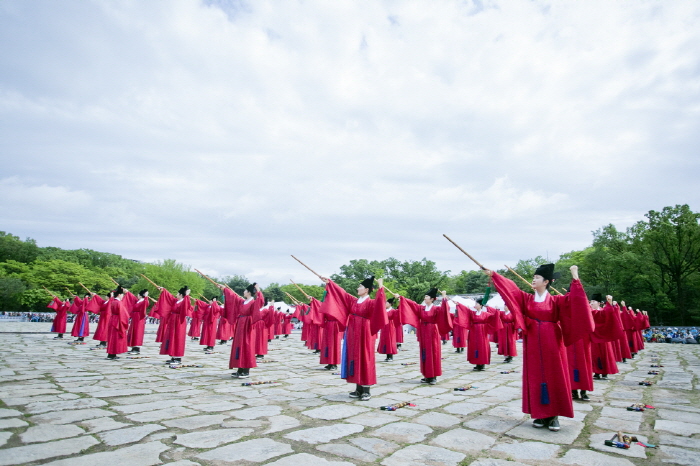
![Theory - Hannam Branch [Tax Refund Shop] (띠어리 한남점)](http://tong.visitkorea.or.kr/cms/resource/62/2890562_image2_1.jpg)
 English
English
 한국어
한국어 日本語
日本語 中文(简体)
中文(简体) Deutsch
Deutsch Français
Français Español
Español Русский
Русский